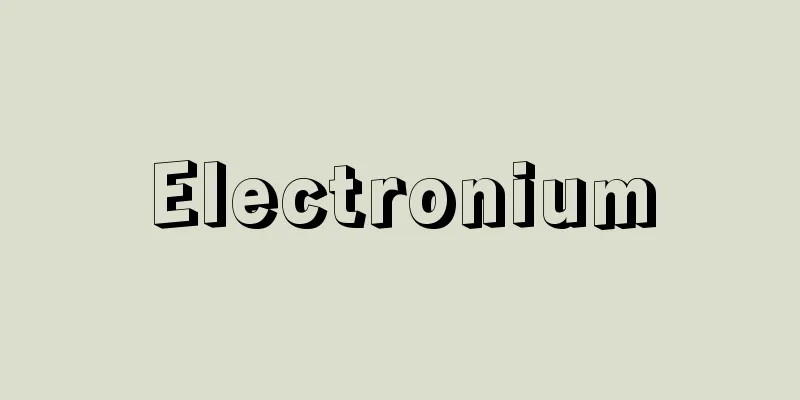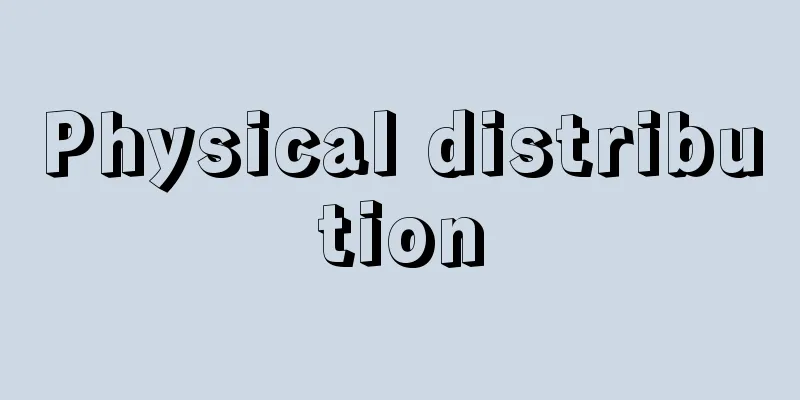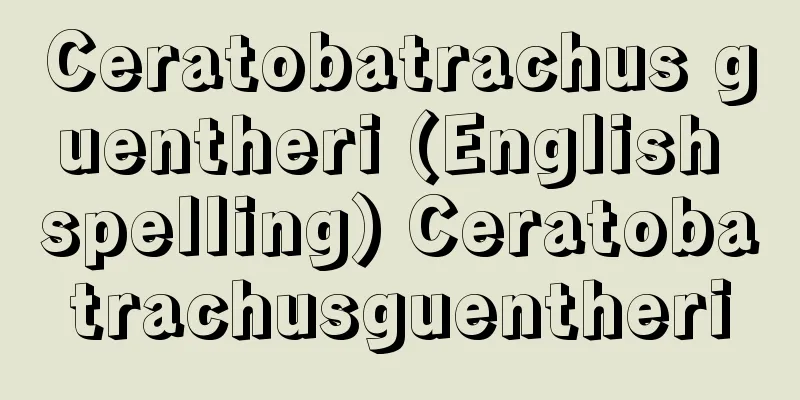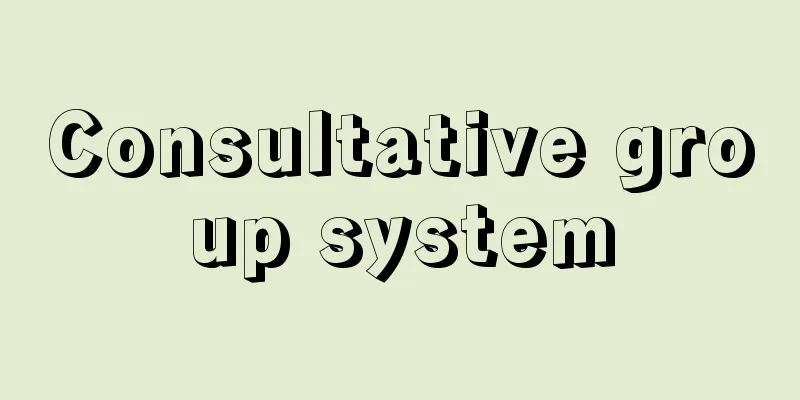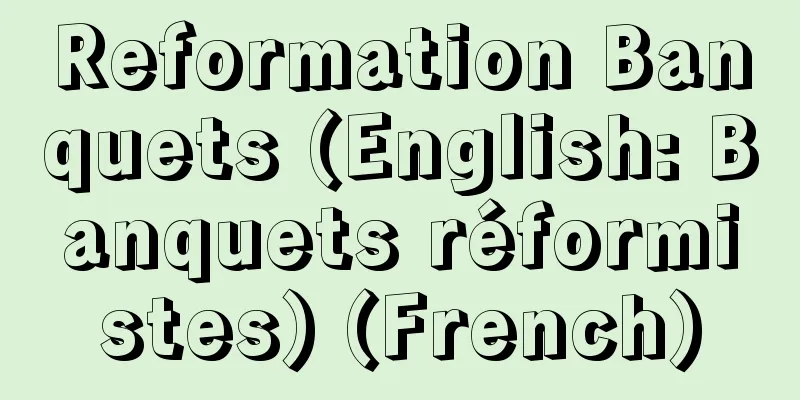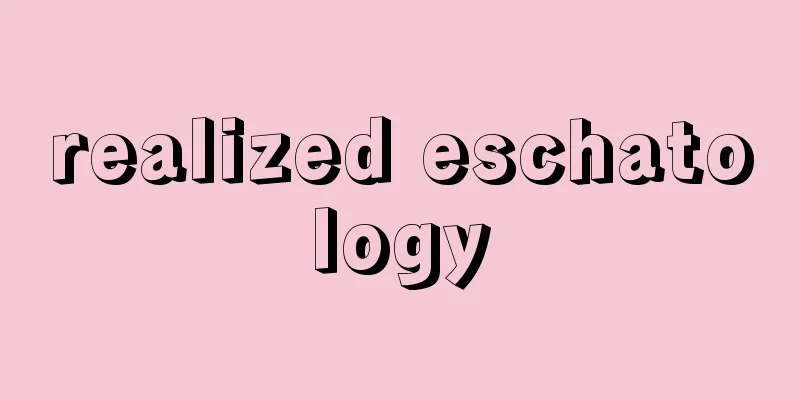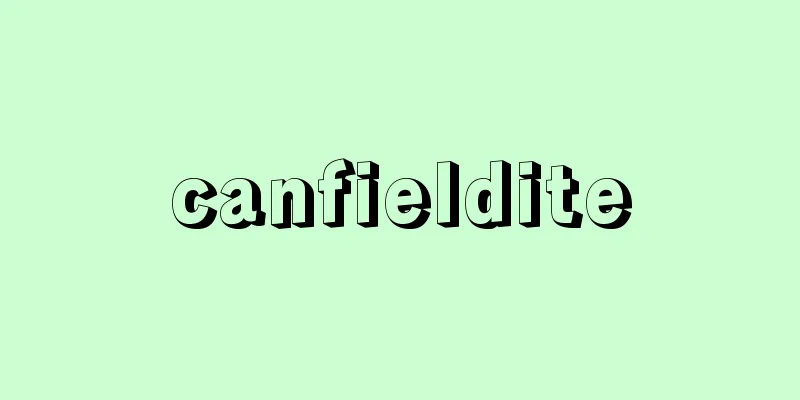Mnemonics

|
Mnemonics are a group of memory strategies that increase the amount and accuracy of memory by structuring, visualizing, elaborating, and associating storage materials. Mnemonics combine internal strategies to increase the efficiency of encoding-storage-retrieval through conscious effort and mastery, and do not rely on external strategies that use external memory such as note-taking. The main mnemonic technique is the method of loci, which has been developed in the tradition of rhetoric since ancient Greece. This is a strategy of remembering by visualizing the association between unrelated items and places according to the order of movement between familiar places. For example, to remember items A, B, C, etc. using a house, memorize them as follows: Entrance-A, Hallway-B, Living Room-C. When retrieving them, recall them while tracing in your mind the order of entering the house. The peg word method combines the method of loci with the imagery of words and rhyming. It is important to memorize in advance organized pegs to link unrelated items. Examples of pegs include organized places (e.g., fingers or body parts such as head and shoulder), family members (e.g., father and mother), and concrete objects that are easy to imagine and sound similar to numbers (rhyming) (e.g., 14 is a stone, 15 is a strawberry). When memorizing, the memory item is linked to the pegs in an image or by giving it a meaning. For example, mnemonics with exceptional memory abilities may use the story method to memorize long strings of numbers, such as pi, by creating a story using concrete objects that serve as pegs for the numbers. The story method involves creating a story in which the memorized items appear in chronological order. Imaging is a method of creating vivid or unusual images of the memorized material to make it easier to recall. Elaboration is a method of giving meaning to meaningless or unrelated memorized items. For example, there are mnemonics that assign words to strings of numbers or symbols to give them meaning (e.g., "Naku yo uguisu Heian-kyo" to remember the year 794). The acronym method is a method of arranging the initial letters of the memorized items to make them meaningful. For example, HOMES is an acronym to remember the five Great Lakes of the United States: Lake Huron, Lake Ontario, Lake Michigan, Lake Erie, and Lake Superior. After memorizing using a mnemonic technique, it is important to rehearse the memorized contents many times. Rehearsal can be done by repeating the contents phonologically (maintenance rehearsal) or by repeating the contents while making them meaningful (elaboration rehearsal). There are also interval rehearsals, in which the time interval between rehearsals is gradually increased, and methods in which new items are learned while rehearsing previously memorized items. The locus method and pegword method are effective for remembering unrelated items. However, for those who are not familiar with mnemonics to use these methods, the cost of organizing the items to be memorized at the encoding stage is high. Therefore, many of the strategies used by ordinary Japanese students to memorize for exams do not require much mastery or effort. Specifically, they include repetitive practice that involves motor and visual/auditory feedback at the encoding stage, such as repeatedly writing or reading out loud the items to be memorized, and rehearsal at the retention stage. The next most commonly used methods are mnemonics and acronyms. These mnemonics for remembering dates, English words, chemical symbols, and the like are introduced in classes and in study guides for entrance exams. →Memory →Everyday memory →Encoding →Metacognition [Kusumi Takashi] Latest Sources Psychology Encyclopedia Latest Psychology Encyclopedia About Information |
|
記憶術は,記銘材料の体制(構造)化,イメージ化,精緻化,連想などによって,記憶の量や正確さを増強する一群の記憶方略memory strategyである。記憶術は,意識的努力と熟達化によって,符号化-保持-検索の効率を高めるように内的方略internal strategyを組み合わせたもので,メモを取るなどの外部記憶を用いる外的方略external strategyには頼らない。 主な記憶術には,古代ギリシア時代以来の弁論術の伝統の中で発達した場所法method of lociがある。これは熟知した場所の移動順序に従って,無関連な記銘項目と場所の結びつきをイメージ化して覚える方略である。たとえば,項目A,B,Cなどを,家を用いて覚えるには,玄関-A,廊下-B,居間-Cなどというように,記銘する。検索時は,家に入る順序を心の中でたどりながら思い出す。ペグワード法peg word method(掛けくぎ法)は,場所法と単語のイメージ化法や押韻法rhymingを組み合わせた方法である。無関連な記銘項目を結びつけるための体制化されたペグをあらかじめ記銘しておくことが重要である。ペグとしては,体制化された場所(例:指や部位として頭,肩など),家族(例:父,母など)や,数字と音が似た(押韻した)イメージしやすい具体物(例:14はイシ,15はイチゴ)などがある。そして,記銘時には,記憶項目とペグを結びつけるようにイメージ化したり,意味づけをして覚える。たとえば,卓越した記憶能力をもつ記憶術師は,円周率などの長い数字列を,数字のペグとなる具体物を使った物語を作って覚える物語法story methodを用いることがある。物語法とは,記銘項目が時間的順序に従って登場する物語を作って覚えるものである。イメージ化法imagingは,記銘材料の鮮明なイメージや突飛なイメージを作って思い出しやすくする方法である。精緻化elaborationは,無意味あるいは無関連な記銘項目に意味づけをする方法である。たとえば,数字列や記号列にことばを割り当てて有意味化する語呂合わせがある(例:794年を覚えるための「鳴くよウグイス平安京」)。頭文字法acronym methodは,記銘項目の頭文字を並べて意味のある語にする方法である。たとえば,HOMESはアメリカの五大湖であるヒューロンHuron湖,オンタリオOntario湖,ミシガンMichigan湖,エリーErie湖,スペリオルSuperior湖を覚えるための頭文字である。 記憶術を用いて記銘した後には,記銘内容を何度もリハーサルrehearsalすることが重要である。リハーサルには,音韻的に反復する維持リハーサルと意味づけを行ないつつ反復する精緻化リハーサルがある。また,リハーサルの時間間隔を,しだいに開けていく間隔リハーサルや,先に記銘した項目をリハーサルしつつ,新たな項目を学習する方法がある。 なお,場所法やペグワード法は,無関連な記銘項目を覚える時には有効である。しかし,記憶術に習熟していない人が実行するには,符号化段階で,記銘項目を体制化するコストが大きい。したがって,一般の日本の学生・生徒が,試験のための記憶に用いる方略は,習熟や努力をさほど必要としない方略が多い。具体的には,記銘項目を繰り返し書くあるいは声に出して読むなど,符号化段階における運動や視覚・聴覚のフィードバックを伴う反復練習,また保持段階のリハーサルである。次によく利用されているのは,語呂合わせや頭文字法である。こうした,年号,英単語,化学記号などを覚えるための記憶術は,授業や受験参考書でも紹介されている。 →記憶 →日常記憶 →符号化 →メタ認知 〔楠見 孝〕 出典 最新 心理学事典最新 心理学事典について 情報 |
>>: Memory - Kioku (English spelling) memory
Recommend
Child support allowance - Jidou Fuyou Teate
Based on the Child Rearing Allowance Act (Act No....
Eigaku - Drawing
A Buddhist term. One of the three studies of prece...
Colbert, Claudette
Born: September 13, 1903, Paris, France [Died] Jul...
false camas (English spelling) false camas
...It is distinguished from the genus Z. fremonti...
Chlorinated dioxins
…It is also called dioxin. The most representativ...
Circadian rhythm
This refers to the changes observed in the variou...
Kakutama-gaki
... Tama and Mizu are honorifics. Tamagaki are ty...
Panorpa japonica (tail worm)
An insect of the Mecoptera order, Mecoptera family...
Swimming sea anemone - Swimming sea anemone
It is a marine animal belonging to the phylum Cni...
Etiquette - Gyogisahou
〘 noun 〙 Manners and etiquette. The way of behavin...
precision approach radar
…The effective range is 50 to 130 km horizontally...
Battle of Cannae - Battle of Cannae
In 216 B.C., during the Second Punic War, Hannibal...
Nine power systems - Nine power systems
...Repeated restrictions on electricity transmiss...
Ver Sacrum (English)
…Born in Vienna. In 1897 he founded the Secession...
Oasis Nation - Oasis Country
...In other words, it seems likely that several o...
